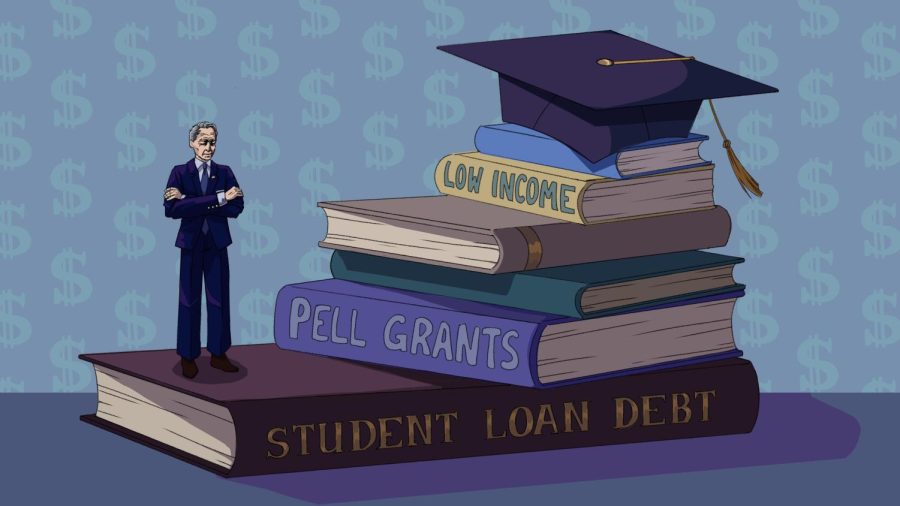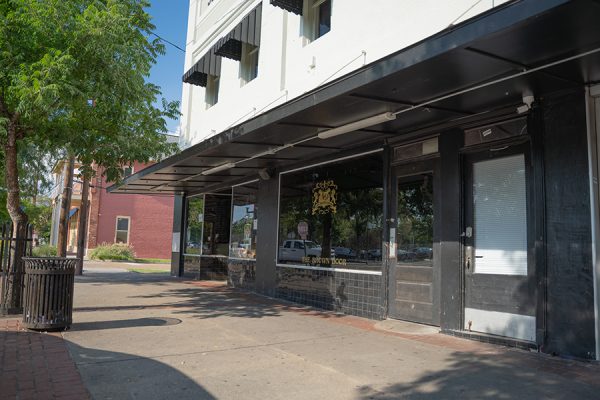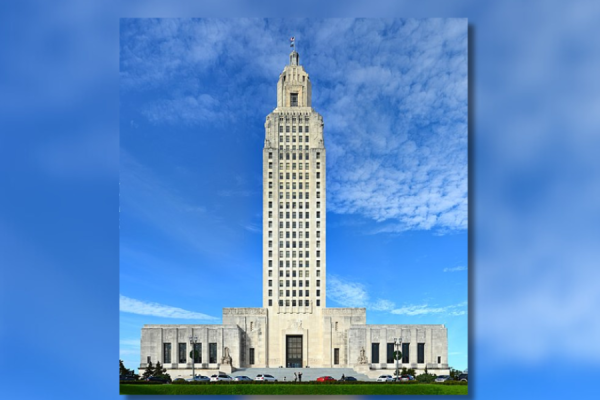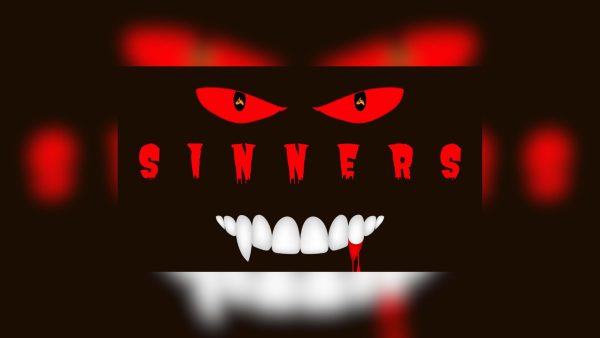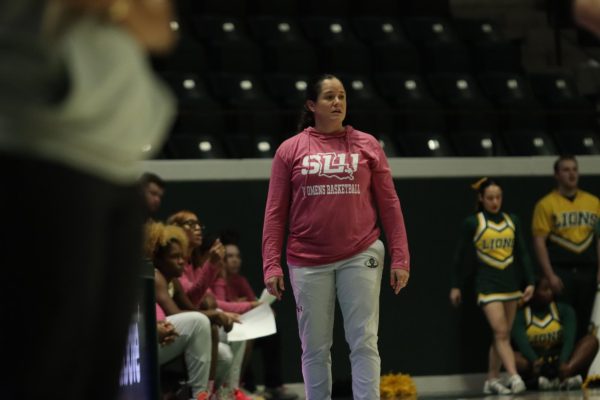Biden’s student loan forgiveness plan and what it means for you
On Wednesday, Aug. 24, President Joe Biden announced his administration’s plan to forgive up to $20,000 in student loan debt for qualifying borrowers.
Under the plan, non-Pell Grant recipients can qualify for up to $10,000 in forgiveness, while recipients of Pell Grants are eligible for up to $20,000.
Here is what students should know about the policy and how it will work:
Who qualifies for forgiveness?
Borrowers are eligible for this financial relief if their individual adjusted gross income is less than $125,000 or $250,000 for households/married couples filing taxes jointly.
The majority of Americans with federal student debt fall below the income threshold and would qualify.
Current students are eligible for this relief. Borrowers who are dependent students will be eligible based on parental income rather than their own income.
Which types of loans qualify?
Students with a federal Direct Loan – the most common type of student loan – issued before June 30, 2022, will be able to apply. All direct loans held by the Department of Education are eligible.
This means graduate student loans and Parent Plus loans – federal loans taken out by parents to pay for their child’s education – are also eligible for forgiveness. All loans are subject to the income threshold.
Only federal student loan debt is eligible. Private loans do not qualify.
How do I know if I received a Pell Grant?
Pell Grant recipients, who could get up to $20,000 in loan forgiveness if they qualify, make up more than 60% of the student loan borrower population, according to the White House.
Pell Grants are typically awarded to undergraduate students who exhibit significant financial need and often do not have to be repaid.
Students can check their personal accounts on studentaid.gov to see if they have received a Pell Grant.
When and how to apply
In a Friday press briefing, Bharat Ramamurti, the National Economic Council deputy director, said the application will become available in early October.
“Borrowers are advised to apply by roughly Nov. 15 in order to receive relief before the payment pause expires on Dec. 31,” Ramamurti said.
Nearly 8 million people may be eligible to receive relief automatically as their relative income data is already provided to the Department of Education, according to Federal Student Aid. Students who have filled out a FAFSA have likely provided this information.
If the department does not have a borrower’s income data, the borrower must complete and submit an application to the Department of Education.
Students can choose to be notified when the application becomes available by going to the Department of Education subscription page and signing up to receive “Federal Student Loan Borrower Updates.” This appears as the first checkbox in a list of education topics.
Final extension to student loan repayment pause
In addition to loan forgiveness, the Biden administration has added a final extension on federal student loan repayment, which will extend through Dec. 31.
Borrowers who have continued paying their federal student loans during the payment pause, which began on March 13, are eligible to request a refund. The Department of Education said borrowers should contact their loan servicer.
If a borrower is not eligible for forgiveness, or if the financial relief only pays off part of a borrower’s loan balance, loan payments will resume in January of 2023.
Your donation will support The Lion's Roar student journalists at Southeastern Louisiana University.
In addition, your contribution will allow us to cover our annual website hosting costs.
No gift is too small.
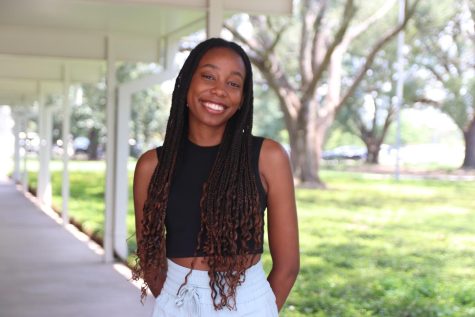
Symiah Dorsey is a communication major from Laplace and serves as Editor-in-Chief. Raised in Europe, Symiah is an avid lover of languages, traveling and...

Yumi Domangue is a double major in mechatronics engineering technology and new media and animation. She joined Student Publications in the Fall of 2021...


